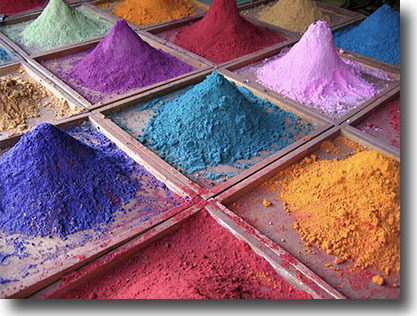Archival Prints
My prints are made to archival standards by using pigment ink and archival paper.
Pigment Ink
Pigment Ink prints are made with an ink jet printer. Tiny particles of solid, ground-up colored pigment are suspended in a fluid which is applied to the paper using inkjet technology.

The resulting image, when printed on archival paper, is very long-lasting; current prints from my printer are tested to last at least 70 years when properly displayed. Never expose a print to direct sunlight.
Consumer-grade ink jet prints are often made using dye-based ink. This ink can be very colorful, even more so than pigment ink. Also dye-based inkjet nozzles are relatively easy to clean and maintain. However, dye-based inks can contain chemicals that reduce longevity and are not recommended for creating archival prints.
Archival Paper
I print on three types of archival paper, selected for high gamut and deep blacks:
- Satin-finish papers such as Ilford Galerie Smooth Pearl or Epson Ultra Premium Luster. These papers have the deepest blacks and are suitable for most large print orders.
- Rag paper such as Moab Entrada. This kind of paper has excellent color gamut and no reflection- and, you can touch the paper without leaving an finger mark. Thus this is ideal for use in greeting cards and portfolio prints as the viewers are likely (and encouraged) to touch the prints.
- Canvas such as Breathing Color Chromata White. This paper is ideal for large prints, and its color gamut and apparent resolution are comparable to satin-finish papers.
Mounting Board
The mounting substrate- the "board" surface upon which the print is mounted for display within a traditional frame- is very important for archival performance. The best substrates include no chemicals, such as sulphur, that can discolor or attack the print over time; the longest-lasting substrate is made with 100% rag material such as Rising Museum Board.